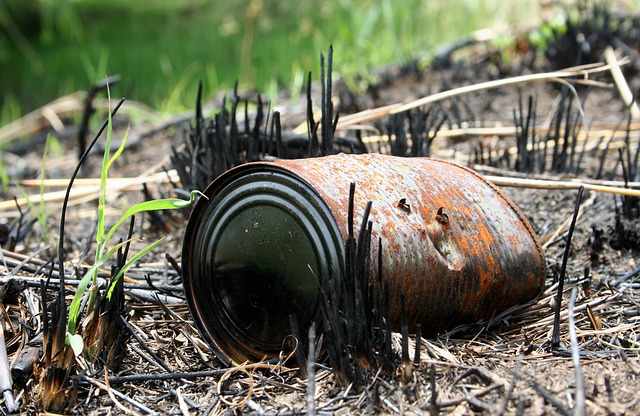A new report on wildfire resilience insurance suggests that in order to help make wildfire insurance more accessible and affordable, a combined ecological forestry approach alongside parametric risk transfer could reduce wildfire losses for the insurance and reinsurance sector.
 As a result, this could help to drive wildfire insurance premiums lower, making coverage more affordable for those living in regions of the world prone to wildfire.
As a result, this could help to drive wildfire insurance premiums lower, making coverage more affordable for those living in regions of the world prone to wildfire.
The study by The Nature Conservancy and insurance and reinsurance broker Willis Towers Watson found a 41% decrease in residential insurance premiums was possible when ecological forestry techniques such as forest thinning and prescribed burning was applied to a relevant area.
Ecological forest management can reduce the risk of severe wildfires in fire-adapted forests, the study suggest, which combined with insurance products can serve to significantly reduce insurance costs.
Researchers modelled the impact on insurance of controlled burning and ecological thinning of overgrown forests to quantify the potential premium savings.
The 41% reduction in premiums applies to homes and also some commercial property as well and the reduced risk of better managed forests could also reduce the cost of reinsurance capital as well.
The project also tested parametric insurance or risk transfer, finding that parametric insurance applied to the intensity and acreage of wildfires can result in a reduction in both losses and premiums.
“Such a parametric product, which can provide instant access to funds to pay for costs not covered by indemnity insurance, would be new to the market and is an innovative way for insurers to cover fire risk,” the study partners explained.
“For the first time we are demonstrating that insurance modelling and pricing can account for the severe wildfire risk reduction benefit of ecological forest treatment,” explained Dave Jones, Senior Director of Environmental Risk at The Nature Conservancy and former California Insurance Commissioner. “These widely-supported forest treatment practices – prescribed burns and ecological thinning – provide the triple benefit of improving forest health, decreasing the risk of catastrophic wildfires, and providing a pathway to keep insurance available. Insurers’ models do not currently take into account forest treatment, but now that we have shown it can be done, we expect insurers will begin doing so.”
Overall, the results of the study suggest funding ecological forestry treatments and management can reduce wildfire risk and provide a better opportunity for insurers to continue writing insurance in high risk areas.
This will also apply to reinsurance capital as well, as the reduction in risk exposure would mean more capacity could flow to heavily wildfire affected regions and help to make insurance more affordable.
The use of parametric triggers can also enable this capital to be put to work more effectively, with responsive risk transfer products that can be adjusted to match the state of forestry as well.
“Wildfire risk in California and throughout the western United States is becoming uninsurable thanks to increasing risks due to climate change and overgrown forests laden with fuel,” Dr. Nidia Martínez, Director of Climate Risk Analytics at the Climate and Resilience Hub, Willis Towers Watson added. “The state-of-the-art analytics described in this report provide insurers across the board with tools to incorporate the true value of wildfire risk reduction through ecological forestry into underwriting decision making. And the product innovations we present offer new approaches to protecting communities and businesses in the Wildland Urban Interface through insurance.”
“If we want to continue to have insurance in these areas and to reduce the loss of life and property, we need a lot more private and public funding for ecological forestry in national and other forests,” Jones also said. “This spending is really an investment in the future of these areas.”
As a reminder, we saw the first parametric wildfire catastrophe bond come to market in late 2020.
 View all of our Artemis Live video interviews and subscribe to our podcast.
View all of our Artemis Live video interviews and subscribe to our podcast.
All of our Artemis Live insurance-linked securities (ILS), catastrophe bonds and reinsurance video content and video interviews can be accessed online.
Our Artemis Live podcast can be subscribed to using the typical podcast services providers, including Apple, Google, Spotify and more.































